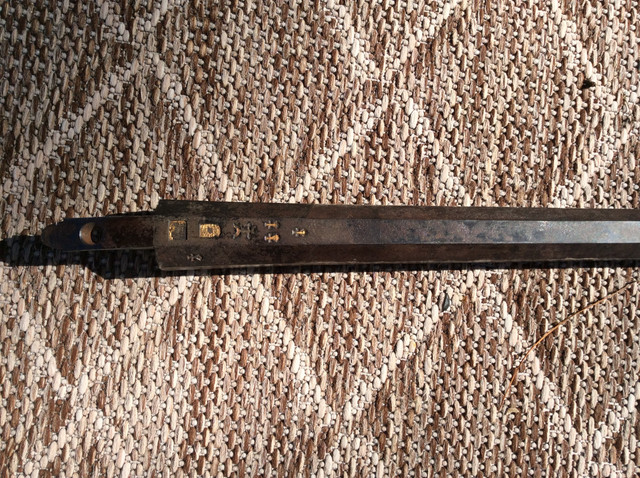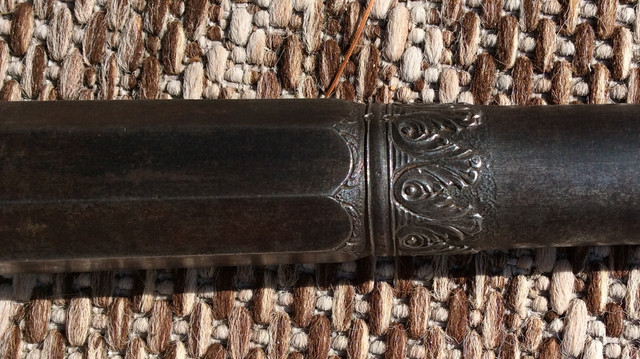Wes/Tex said:Caywood certainly has a 'thing' about vent liners. Installing one voids all warranties they have stated or implied. It's their contentions that they can blow out causing serious damage or injury. I have to admit, I've never heard of it happening but everyone is entitled to their own opinion. Interior coning is a long time solution for quicker ignition and was adopted by Frederick the Great's military in the 1740's.
To say they have a "thing" about liners is putting it mildly. They are fanatical on the issue. They were also similarly fanatical about 1:48" being the 'only' acceptable twist to use in a rifle. BTW, they now use a different twist. :hmm: Another BTW, one can burn out a vent with frequent use of an ml rifle or smoothie. Replaceable vent good/great idea.










